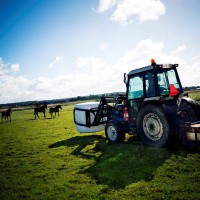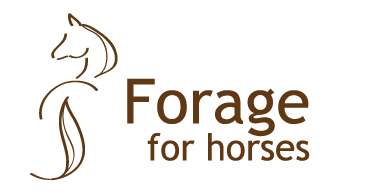Small impact on hindgut ecosystem when changing from hay to haylage and silage

This study examined the impact of an abrupt feed change from hay (81 % DM (dry matter)) to haylage (55 % DM) and to silage (36 % DM) on the colon and faecal ecosystem in maintenance fed horses. The forages were an early first harvest from the same lay, and they were harvested on the same day and dried to different DM concentrations. The only thing separating the forages was the conservation method. The abrupt feed changes and the adaptation over time to the haylage and silage were studied both short-term (28 h) and long-term (3 weeks).
The first 28 hours after the abrupt feed change no changes were detected in the colon and faecal ecosystem. The abrupt feed changes resulted in no differences in pH, DM, short-chain fatty acids or osmolality and the lactic acid concentration was almost exclusively under the detection limit in colon and faeces. There were also no differences in the concentration of total anaerobic bacteria, cellulolytic and lactate-utilizing bacteria, lactobacilli and streptococci in colon and faeces.
After 3 weeks minor changes in the bacterial flora were detected, a small increase in lactobacilli on the silage diet and a small decrease in streptococci on the haylage diet. But overall there were large individual variations and these differences in bacterial concentrations did not result in any changes in short-chain fatty acids which are the rest products of the bacterial flora. There were also no significant differences in colon and faecal pH on days 8, 15 and 21 after the feed change (Table 1). Over the 3 weeks a small but significant decrease (1-3 %) in the colon content and faecal DM concentration was observed after the change to both haylage and silage (Table 1).
In a study with trotters in training a tendency to increased faecal DM (<1 % difference) was observed the first two days after a change from silage to hay, but after 3 weeks on both the hay diet and the silage diet the DM concentration had decreased by 0.6-1.2 %. In none of the studies was loose faeces or diarrhoea observed.
To summarize, the results show that an abrupt feed change between forages conserved differently but with similar nutritional and botanical composition is not associated with the same risks for intestinal disorders as a change from forage to concentrate. An abrupt change to large concentrate meals rich in starch can result in a high increase in colon lactic acid concentration and decrease in pH.
Sara Muhonen, AgrD
References:

